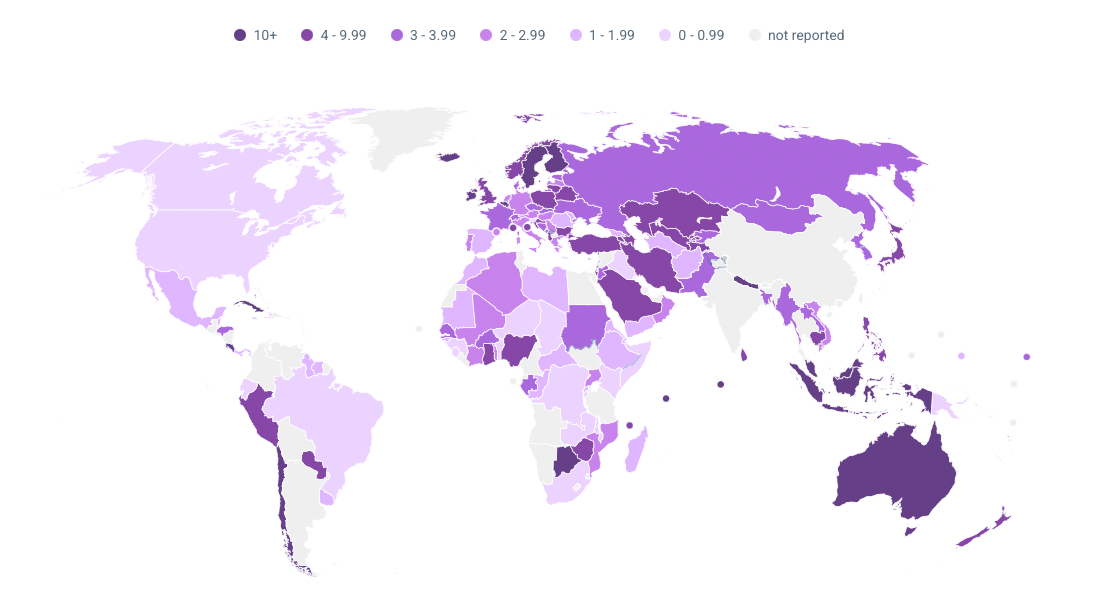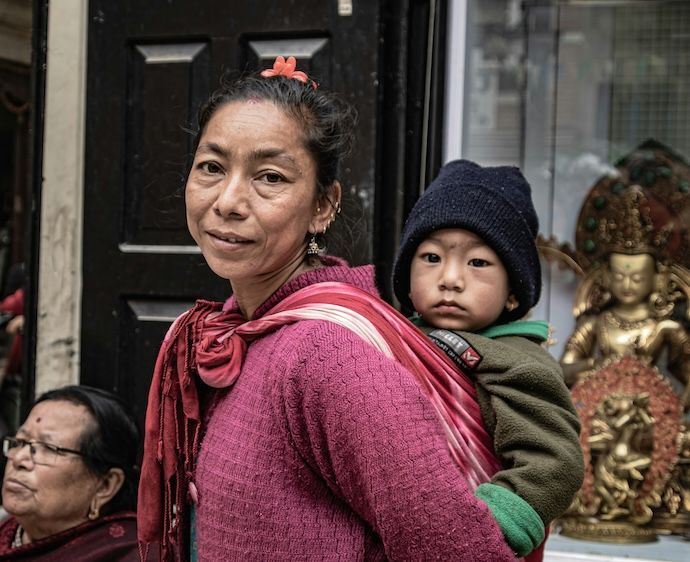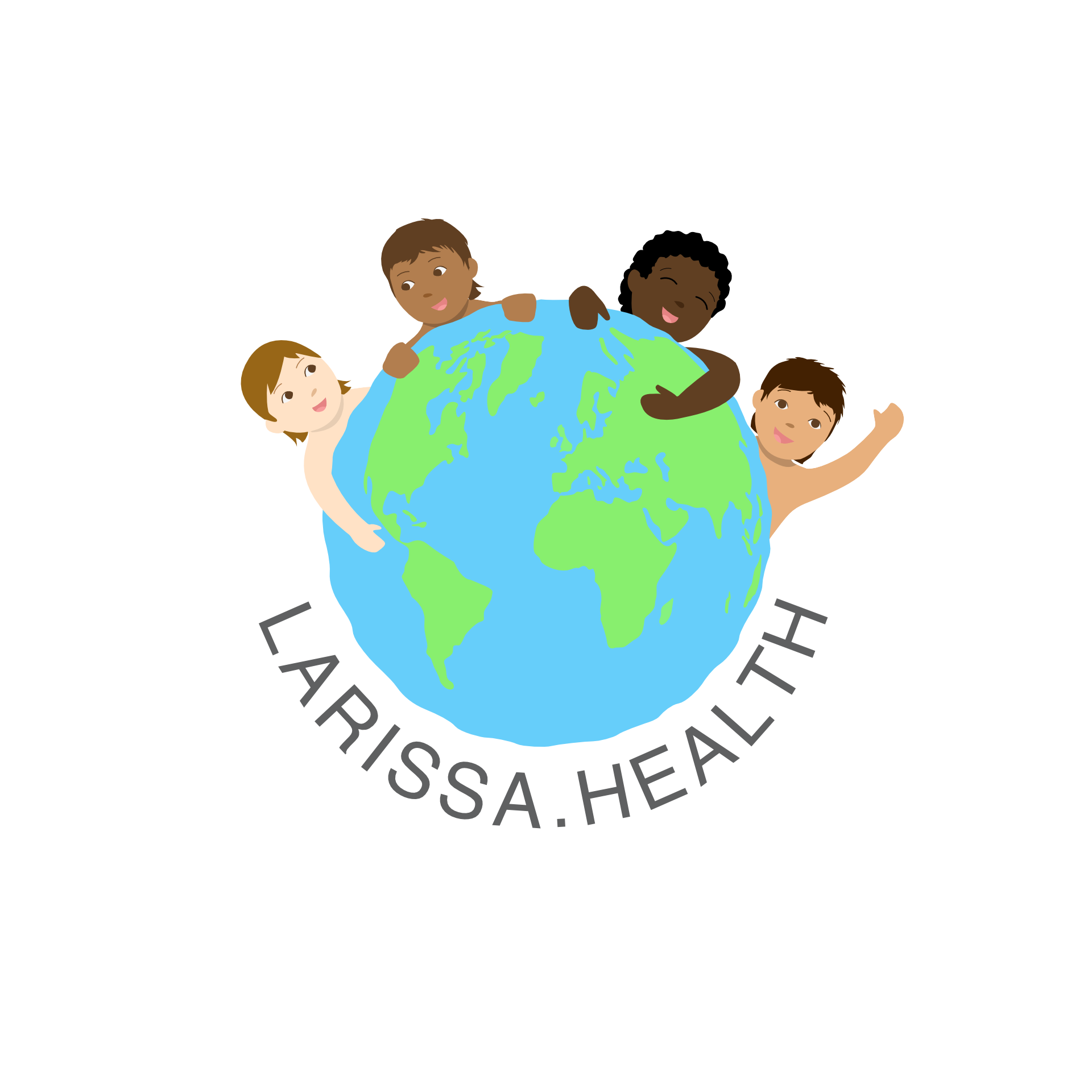Summary of UNFPA Report 2021
Addressing the Global Shortage of Midwives and Strengthening SRMNAH Workforce
SHORT OF TIME? - WATCH OUR 60 SECONDS SUMMARY HERE
Sexual, reproductive, maternal, newborn, and adolescent health (SRMNAH) is a crucial aspect of the Sustainable Development Goals (SDGs), requiring increased commitment to and investment in the health workforce. Midwives are of particular importance within the broader SRMNAH workforce, as they play a pivotal role in providing essential healthcare services.
The State of the World's Midwifery 2021 (SoWMy 2021) report, led by the United Nations Population Fund (UNFPA) in partnership with the World Health Organization (WHO) and the International Confederation of Midwives (ICM), highlights the global shortage of SRMNAH workers. The report documents the world's SRMNAH workforce to identify challenges and opportunities for improvement. Many countries struggle to meet their populations' healthcare needs due to poor health workforce data systems, which hinder effective workforce planning and assessment.
The SoWMy 2021 report estimates that the current SRMNAH workforce can meet 75% of the global need for essential SRMNAH care. However, this figure drops to 41% in low-income countries, with the lowest potential to meet needs in the African and Eastern Mediterranean WHO regions. The report reveals a global needs-based shortage of 1.1 million "dedicated SRMNAH equivalent" (DSE) workers, with the most significant shortage (900,000) found among midwives and the broader midwifery workforce. Urgent investment is needed to address this shortage.
Coverage of Midwives per 10,000 population. Click here to visit the interactive map.
 Interactive map available at UNFPA
Interactive map available at UNFPA
At the current pace, the SRMNAH workforce is projected to meet 82% of the need by 2030, a minor improvement from the current 75%. The gap between low-income countries and high- and middle-income countries is expected to widen by 2030, exacerbating inequality. To close the gap, 1.3 million new DSE worker posts need to be created in the next decade, with 750,000 of those positions being midwives. At present, only 300,000 of these positions are anticipated to be created, leaving a projected shortage of 1 million DSE posts by 2030.
Since the first SoWMy report in 2011, evidence supporting the benefits of investing in midwives has grown. Investments in midwives facilitate positive birth experiences, safe and effective comprehensive abortion services, improved health outcomes, increased labor supply, inclusive and equitable growth, economic stabilization, and positive macroeconomic impacts. Midwives are essential primary healthcare providers and contribute to broader health goals, such as addressing sexual and reproductive rights, promoting self-care interventions, and empowering women and adolescent girls.
To enable midwives to achieve their potential, significant investments are needed in four key areas: education and training; health workforce planning, management, and regulation; work environment; leadership and governance; and service delivery. These investments should be considered by governments, policy-makers, regulatory authorities, education institutions, professional associations, international organizations, global partnerships, donor agencies, civil society organizations, and researchers at country, regional, and global levels.
The SoWMy 2021 report acknowledges the considerable efforts made by stakeholders worldwide to provide data despite the ongoing COVID-19 pandemic. However, it also highlights that health workforce data systems were a significant limitation even before the pandemic. The report emphasizes the need for improved data systems to inform workforce policy and planning.
Despite progress in midwifery since the first SoWMy report, issues such as workforce shortages, inadequate working environments, low-quality education and training, and limitations in health workforce data persist. Governments and relevant stakeholders are encouraged to use the SoWMy 2021 report to build back better and fairer from the pandemic, creating stronger primary healthcare systems as a pathway to universal health coverage (UHC) and fostering a more equitable world for all. The COVID-19 pandemic can serve as a catalyst for change, giving health workers the attention they deserve. The SoWMy 2021 report can contribute to making this transformation a reality.
To meet the projected demand for SRMNAH care by 2030, 6.8 billion worker hours will be required, with 55% of the need focusing on maternal and newborn health interventions, 37% on other sexual and reproductive health interventions, and 8% on adolescent sexual and reproductive health interventions. Factors preventing the SRMNAH workforce from meeting these needs include insufficient numbers, inefficient skill mix, inequitable distribution, varying levels and quality of education and training programs, limited qualified educators, and limited effective regulation.
The pandemic has reduced workforce availability, emphasizing the need to prioritize access to SRMNAH services and provide safe environments for care despite the ongoing crisis. SRMNAH workers require protection from infection, support to cope with stress and trauma, and creative solutions to the challenges of providing high-quality education and services.
Equity of access to the SRMNAH workforce is crucial, as some population groups may face restricted access to care due to factors such as age, poverty, geographical location, disability, ethnicity, conflict, sexual orientation, gender identity, and religion. A supportive policy and working environment, along with education and training, are necessary to understand and meet these groups' specific needs, ensuring quality care accessible and acceptable to all.
A gender-transformative policy environment is essential to address gender-related barriers and challenges. The health workforce is, on average, 70% women, with significant gender differences by occupation. Midwives, who are predominantly women, often face considerable disparities in pay rates, career pathways, and decision-making power. Policies that prevent attacks on health workers and promote decent work free from stigma, violence, and discrimination are essential to overcome these challenges.
The SoWMy 2021 report highlights the global shortage of midwives and the broader SRMNAH workforce, emphasizing the need for urgent investment in education, training, workforce planning, management, and regulation, as well as leadership and governance. These investments will help build stronger primary healthcare systems, foster a more equitable world for all, and ensure that essential SRMNAH care is accessible and of high quality for all populations.
Source: UNFPA





